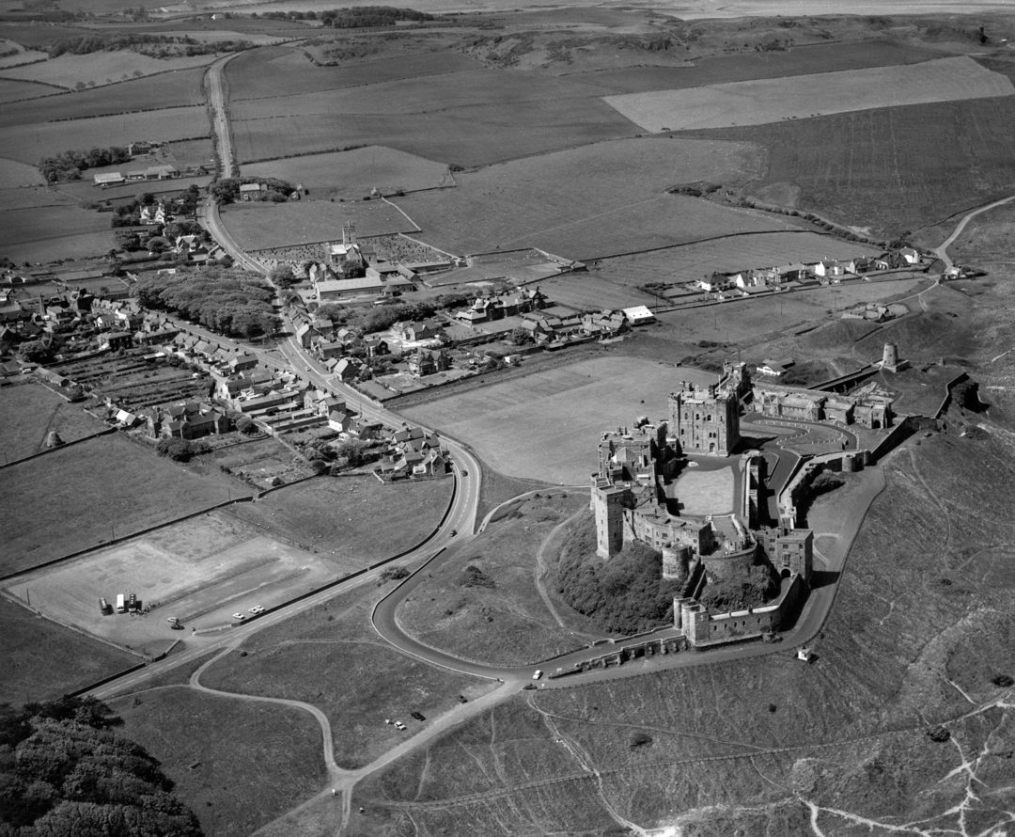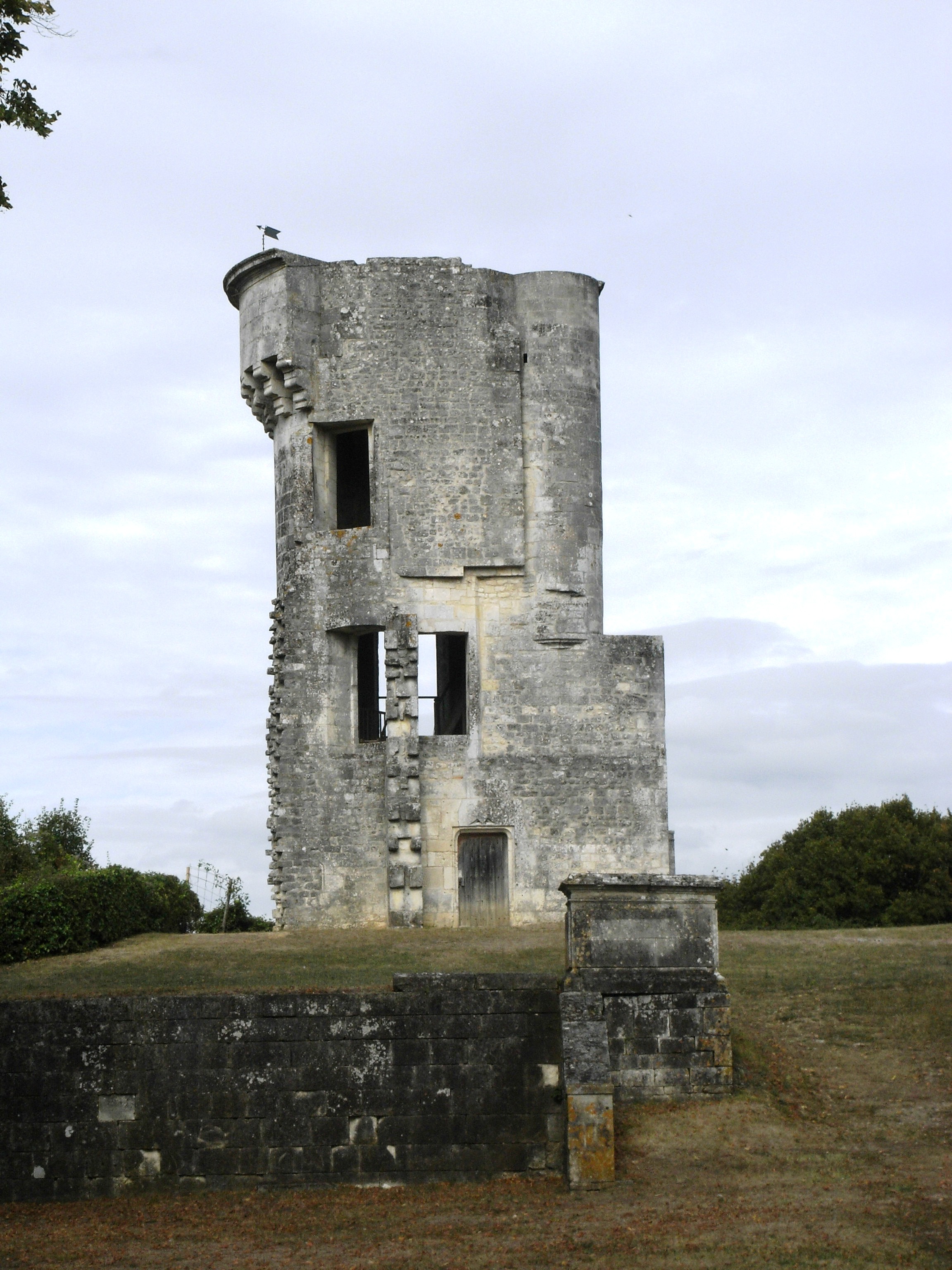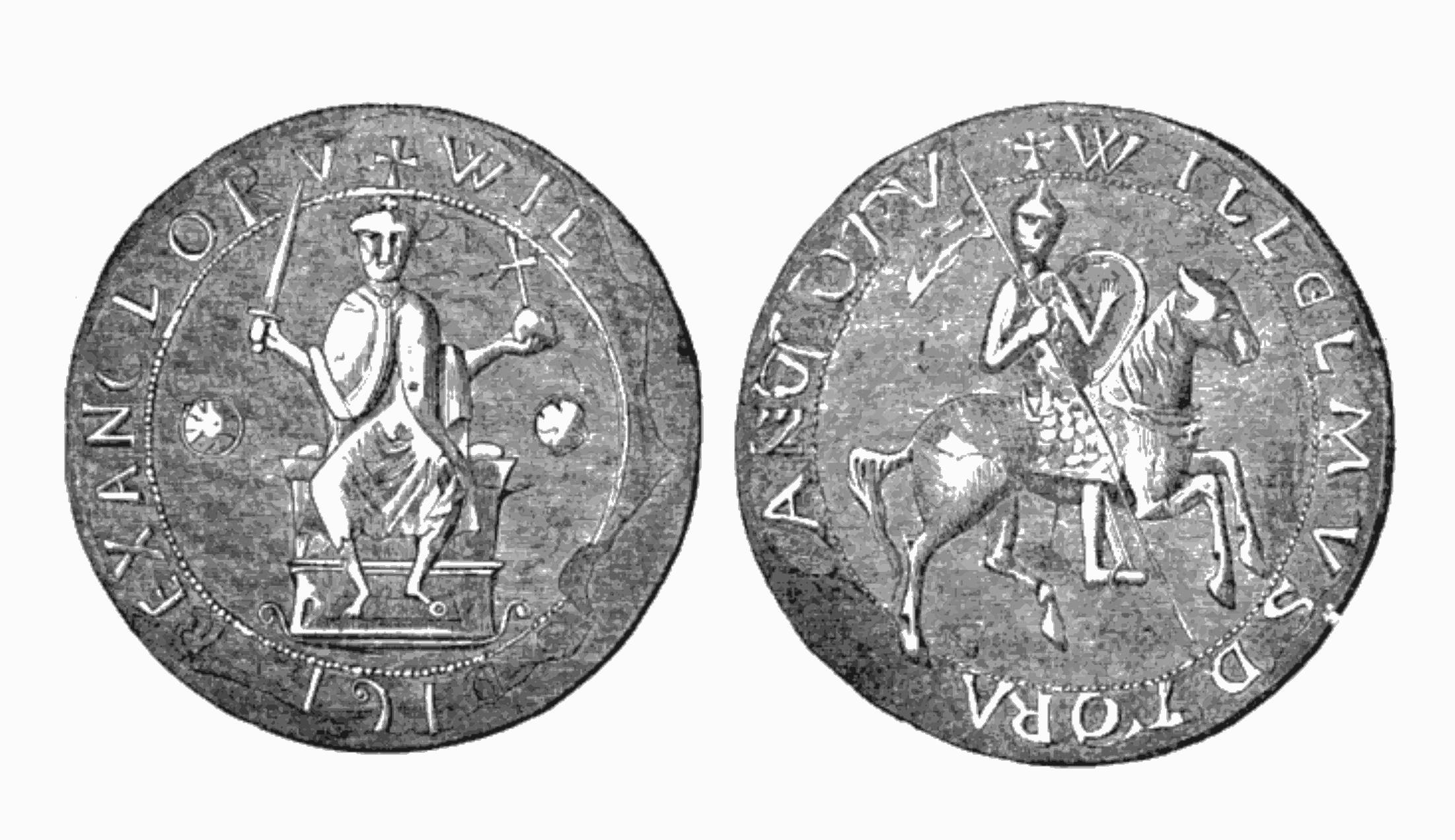|
Bamburgh Castle
Bamburgh Castle, on the northeast coast of England, by the village of Bamburgh in Northumberland, is a Grade I listed building. The site was originally the location of a Celtic Britons, Celtic Brittonic fort known as ''Din Guarie'' and may have been the capital of the kingdom of Bernicia from its foundation 420 to 547. In that last year, it was captured by King Ida of Bernicia. After passing between the Britons and the Anglo-Saxons three times, the fort came under Anglo-Saxon control in 590. The Normans later built a new castle on the site, which forms the core of the present one. After a revolt in 1095 supported by the castle's owner, it became the property of the List of English monarchs, English monarch. In the 17th century, financial difficulties led to the castle deteriorating, but it was restored by various owners during the 18th and 19th centuries. It was finally bought by the Victorian era industrialist William Armstrong, 1st Baron Armstrong, William Armstrong, who comp ... [...More Info...] [...Related Items...] OR: [Wikipedia] [Google] [Baidu] |
Northumberland
Northumberland ( ) is a ceremonial counties of England, ceremonial county in North East England, on the Anglo-Scottish border, border with Scotland. It is bordered by the North Sea to the east, Tyne and Wear and County Durham to the south, Cumbria to the west, and the Scottish Borders council area to the north. The town of Blyth, Northumberland, Blyth is the largest settlement. Northumberland is the northernmost county in England. The county has an area of and a population of 320,274, making it the least-densely populated county in England. The south-east contains the largest towns: Blyth, Northumberland, Blyth, Cramlington, Ashington, Bedlington, and Morpeth, Northumberland, Morpeth, the last of which is the administrative centre. The remainder of the county is rural, the largest towns being Berwick-upon-Tweed in the far north and Hexham in the south-west. For local government purposes Northumberland is a Unitary authorities of England, unitary authority area. The county Histo ... [...More Info...] [...Related Items...] OR: [Wikipedia] [Google] [Baidu] |
Bamburgh
Bamburgh ( ) is a village and civil parish on the coast of Northumberland, England. It had a population of 454 in 2001, decreasing to 414 at the 2011 census. Bamburgh was the centre of an independent north Northumbrian territory between 867 and 954. Bamburgh Castle was built by the Normans on the site of an Anglo-Saxon fort. The Victorian era heroine Grace Darling is buried there. The extensive beach by the village was awarded the Blue Flag rural beach award in 2005. The Bamburgh Dunes, a Site of Special Scientific Interest, stand behind the beach. Bamburgh is popular with holidaymakers and is within the Northumberland Coast Area of Outstanding Natural Beauty. History The site now occupied by Bamburgh Castle was previously home to a fort of the Celtic Britons known as ''Din Guarie'' and may have been the capital of the kingdom of Bernicia, the realm of the Gododdin people, from the realm's foundation in c. 420 until 547, the year of the first written reference to the castl ... [...More Info...] [...Related Items...] OR: [Wikipedia] [Google] [Baidu] |
David II Of Scotland
David II (5 March 1324 – 22 February 1371) was King of Scotland from 1329 until his death in 1371. Upon the death of his father, Robert the Bruce, David succeeded to the throne at the age of five and was crowned at Scone in November 1331, becoming the first Scottish monarch to be anointed at his coronation. During his childhood, David was governed by a series of guardians, and Edward III of England sought to take advantage of David's minority by supporting an invasion of Scotland by Edward Balliol, beginning the Second War of Scottish Independence. Following the English victory at the Battle of Halidon Hill in 1333, King David, Queen Joan and the rump of his government were evacuated to France, where he remained in exile until it was safe for him to return to Scotland in 1341. In 1346, David invaded England in support of France during the Hundred Years' War. His army was defeated at the Battle of Neville's Cross and he was captured and held as a prisoner in England for ... [...More Info...] [...Related Items...] OR: [Wikipedia] [Google] [Baidu] |
Battle Of Neville's Cross
The Battle of Neville's Cross took place during the Second War of Scottish Independence on 17 October 1346, half a mile (800 m) to the west of Durham, England. An invading Scottish army of 12,000 led by King David II was defeated with heavy loss by an English army of approximately 6,000–7,000 men led by Ralph Neville, Lord Neville. The battle was named after an Anglo-Saxon stone cross that stood on the hill where the Scots made their stand. After the victory, Neville paid to have a new cross erected to commemorate the day. The battle was the result of the invasion of France by England during the Hundred Years' War. King Philip VI of France () called on the Scots to fulfil their obligation under the terms of the Auld Alliance and invade England. David II obliged, and after ravaging much of northern England was taken by surprise by the English defenders. The ensuing battle ended with the rout of the Scots, the capture of their king and the death or capture of most of their le ... [...More Info...] [...Related Items...] OR: [Wikipedia] [Google] [Baidu] |
Richard I Of England
Richard I (8 September 1157 – 6 April 1199), known as Richard the Lionheart or Richard Cœur de Lion () because of his reputation as a great military leader and warrior, was King of England from 1189 until his death in 1199. He also ruled as Duke of Normandy, Duke of Aquitaine, Aquitaine, and Duchy of Gascony, Gascony; Lord of Cyprus in the Middle Ages, Cyprus; Count of Poitiers, Counts and dukes of Anjou, Anjou, Count of Maine, Maine, and Count of Nantes, Nantes; and was overlord of Brittany at various times during the same period. He was the third of five sons of Henry II of England and Eleanor of Aquitaine and was therefore not expected to become king, but his two elder brothers predeceased their father. By the age of 16, Richard had taken command of his own army, putting down rebellions in Poitou against his father. Richard was an important Christian commander during the Third Crusade, leading the campaign after the departure of Philip II of France and achieving sev ... [...More Info...] [...Related Items...] OR: [Wikipedia] [Google] [Baidu] |
Siege Of Acre (1189–1191)
The siege of Acre was the first significant counterattack by Guy of Lusignan, Guy of Jerusalem against Saladin, leader of the Muslims in Ayyubid dynasty, Syria and Egypt. This pivotal siege formed part of what later became known as the Third Crusade. The siege lasted from August 1189 until July 1191, at which time the city's coastal position meant the attacking Latin forces were unable to fully capture the city and Saladin was unable to fully relieve it, with both sides receiving supplies and resources by sea. It concluded as a key victory for the Crusaders and a serious setback for Saladin's ambition to destroy the Crusader states. Background Egypt was ruled by the Shia Islam, Shi'ite Fatimid Caliphate, Fatimid dynasty from 969, independent from the Sunni Islam, Sunni Abbasid Caliphate, Abbasid rulers in Baghdad and with a rival Shi'ite caliph—that is ''successor'' to the Muslim prophet Muhammad. Governance fell to the caliph's chief administrator called the vizier. Fro ... [...More Info...] [...Related Items...] OR: [Wikipedia] [Google] [Baidu] |
Keep
A keep is a type of fortified tower built within castles during the Middle Ages by European nobility. Scholars have debated the scope of the word ''keep'', but usually consider it to refer to large towers in castles that were fortified residences, used as a refuge of last resort should the rest of the castle fall to an adversary. The first keeps were made of timber and formed a key part of the motte-and-bailey castles that emerged in Normandy and Anjou during the 10th century; the design spread to England, Portugal, south Italy and Sicily. As a result of the Norman Conquest of England in 1066, use spread into Wales during the second half of the 11th century and into Ireland in the 1170s. The Anglo-Normans and French rulers began to build stone keeps during the 10th and 11th centuries, including Norman keeps, with a square or rectangular design, and circular shell keeps. Stone keeps carried considerable political as well as military importance and could take a decade or more t ... [...More Info...] [...Related Items...] OR: [Wikipedia] [Google] [Baidu] |
Henry II Of England
Henry II () was King of England The monarchy of the United Kingdom, commonly referred to as the British monarchy, is the form of government used by the United Kingdom by which a hereditary monarch reigns as the head of state, with their powers Constitutional monarchy, regula ... from 1154 until his death in 1189. During his reign he controlled Kingdom of England, England, substantial parts of Wales in the High Middle Ages, Wales and Lordship of Ireland, Ireland, and much of Kingdom of France, France (including Duchy of Normandy, Normandy, County of Anjou, Anjou, and Duchy of Aquitaine, Aquitaine), an area that altogether was later called the Angevin Empire, and also held power over Kingdom of Scotland, Scotland and the Duchy of Brittany. Henry was the eldest son of Geoffrey Plantagenet, Count of Anjou, and Empress Matilda, Matilda, daughter of Henry I of England. By the age of fourteen, he became politically and militarily involved in The Anarchy, his mother's efforts ... [...More Info...] [...Related Items...] OR: [Wikipedia] [Google] [Baidu] |
Earl Of Northumbria
Earl of Northumbria or Ealdorman of Northumbria was a title in the late Anglo-Saxon England, Anglo-Saxon, Scandinavian people, Anglo-Scandinavian and early Anglo-Norman England, Anglo-Norman period in England. The ealdordom was a successor of the Norse Kingdom of York. In the seventh century, the Anglo-Saxon kingdoms of Bernicia and Deira were united in the kingdom of Northumbria, but this was destroyed by the Vikings in 867. Southern Northumbria, the former Deira, then became the Viking kingdom of York, while the rulers of Bamburgh commanded territory roughly equivalent to the northern kingdom of Bernicia. In 1006 Uhtred the Bold, ruler of Bamburgh, by command of Æthelred the Unready became ealdorman in the south, temporarily re-uniting much of the area of Northumbria into a single jurisdiction. Uhtred was murdered in 1016, and Cnut then appointed Eric of Hlathir ealdorman at York, but Uhtred's dynasty held onto Bamburgh. After the Norman Conquest the region was divided into mul ... [...More Info...] [...Related Items...] OR: [Wikipedia] [Google] [Baidu] |
Robert De Mowbray
Robert de Mowbray (died 1125), a Norman, was Earl of Northumbria from 1086 until 1095. Robert joined the 1088 rebellion against King William II on behalf of Robert Curthose, but was pardoned and later led the army that killed Malcolm III of Scotland at Alnwick. In 1095, he conspired to put Stephen of Aumale on the throne, was besieged by the king, and captured. As punishment, his marriage was dissolved and his lands confiscated, given to the new husband of his former wife, while Mowbray was imprisoned for life and later became a monk. Origin Robert was the son of Roger de Mowbray and nephew of Geoffrey de Montbray, bishop of Coutances. The family name, Mowbray, is an Anglicisation derived from Montbray in Manche, Normandy. Earldom of Northumbria Robert was made Earl of Northumbria after Aubrey de Coucy, the previous earl, decided that he no longer wished to remain in his post. Coucy was made earl in 1080 and, probably that same year, resigned his position and returned to No ... [...More Info...] [...Related Items...] OR: [Wikipedia] [Google] [Baidu] |
William II Of England
William II (; – 2 August 1100) was List of English monarchs, King of England from 26 September 1087 until his death in 1100, with powers over Duchy of Normandy, Normandy and influence in Kingdom of Scotland, Scotland. He was less successful in extending control into Wales. The third son of William the Conqueror, he is commonly referred to as William Rufus (' being Latin for "the Red"), perhaps because of his ruddy appearance or, more likely, due to having red hair. William was a figure of complex temperament, capable of both bellicosity and flamboyance. He did not marry or have children, which – along with contemporary accounts – has led some historians to speculate on homosexuality or bisexuality. He died after being hit by an arrow while hunting. Circumstantial evidence in the behaviour of those around him – including his younger brother Henry I of England, Henry I – raises strong, but unproven, suspicions of murder. Henry immediately seized the treasury and had h ... [...More Info...] [...Related Items...] OR: [Wikipedia] [Google] [Baidu] |
Bamburgh Castle June 1973
Bamburgh ( ) is a village and civil parish on the coast of Northumberland, England. It had a population of 454 in 2001, decreasing to 414 at the 2011 census. Bamburgh was the centre of an independent north Northumbrian territory between 867 and 954. Bamburgh Castle was built by the Normans on the site of an Anglo-Saxon fort. The Victorian era heroine Grace Darling is buried there. The extensive beach by the village was awarded the Blue Flag rural beach award in 2005. The Bamburgh Dunes, a Site of Special Scientific Interest, stand behind the beach. Bamburgh is popular with holidaymakers and is within the Northumberland Coast Area of Outstanding Natural Beauty. History The site now occupied by Bamburgh Castle was previously home to a fort of the Celtic Britons known as ''Din Guarie'' and may have been the capital of the kingdom of Bernicia, the realm of the Gododdin people, from the realm's foundation in c. 420 until 547, the year of the first written reference to the castle. ... [...More Info...] [...Related Items...] OR: [Wikipedia] [Google] [Baidu] |





